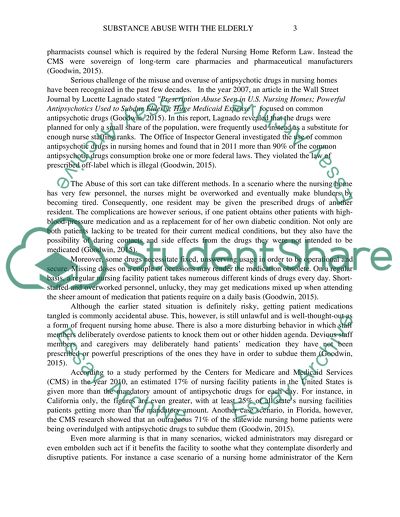Cite this document
(“Substance Abuse with the Elderly in Assisted Living Facilities Research Paper”, n.d.)
Retrieved from https://studentshare.org/health-sciences-medicine/1685050-substance-abuse-with-the-elderly-in-assisted-living-facilities
Retrieved from https://studentshare.org/health-sciences-medicine/1685050-substance-abuse-with-the-elderly-in-assisted-living-facilities
(Substance Abuse With the Elderly in Assisted Living Facilities Research Paper)
https://studentshare.org/health-sciences-medicine/1685050-substance-abuse-with-the-elderly-in-assisted-living-facilities.
https://studentshare.org/health-sciences-medicine/1685050-substance-abuse-with-the-elderly-in-assisted-living-facilities.
“Substance Abuse With the Elderly in Assisted Living Facilities Research Paper”, n.d. https://studentshare.org/health-sciences-medicine/1685050-substance-abuse-with-the-elderly-in-assisted-living-facilities.


